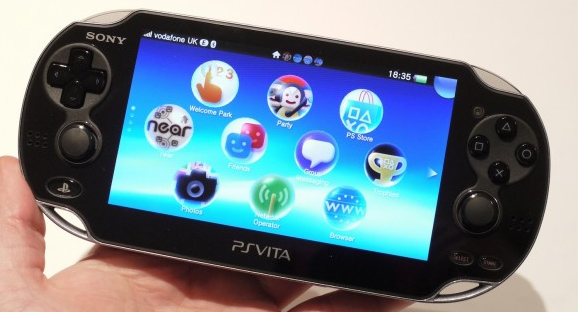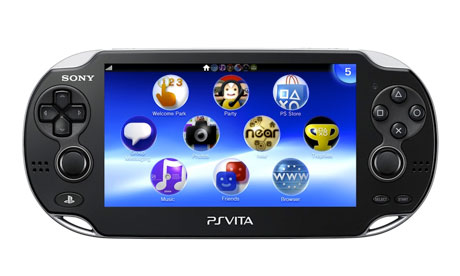
The Sony PS Vita was first released in Japan in Dec 17, 2011. About two month later, it has been introduced to US with the price of $249. US market intelligence firm Strategy Analytics has predicted that Sony will sell 12.4 million Vitas in 2012 – as long as the price is dropped at some point.
Someone even resists that none of the similar products can be better than PS Vita in the next three years. PS Vita has been designed to be backwards-compatible with PlayStation Portable games digitally released on PlayStation Network through the PlayStation Store. Is this latest handheld console as powerful as it is reported? Let’s take a look at the main features of Sony PS Vita.
At first glance, there doesn't seem to be a huge amount of differences between Vita and a PlayStation Portable. Other than the dual-analog sticks sitting either side of the 5-inch OLED touchscreen, and the noticeably smaller action buttons, truth is (apart from sporting a similar chassis and the fact that they're both designed specifically for gaming) they couldn't be more different.
The PS Vita, for instance, is powered by an intensive quad-core ARM Cortex-A9 MPCore processor, capable of clock speeds of 2GHz, but more likely to run between 800MHz and 1.4GHz, which probably explains why a fully-charged battery has lasted a disappointing three hours and 10 minutes with moderate use.

The good:
ThePlayStation Vitadelivers amazing visuals on its 5-inch OLED touch screen that look almost as good as PS3 graphics. The system's launch lineup is very impressive and allows for downloading of some games (including all first-party titles) over the PlayStation Network. The Vita's operating system is smartly designed, easy to use, and ultraresponsive. The unit feels great to hold and has excellent standby battery life.
The bad:
The Vita uses proprietary media and connections across the board, and even requires the purchase of a separate memory card to play most games and use most apps, which results in a hidden cost. Battery life could be better, and there's no way it can be replaced by the user. There's also no video out. Also, some antipiracy implementations are a bit cumbersome to deal with (for example, mounting the Vita to a PC/Mac for file transfer). It's also unclear how much storage the Vita has onboard, and it'll cost you more money for larger Vita Memory Cards.
To play Blu-ray, DVD, music and videos on Sony PS Vita, we may take a look at the formats that PS Vita supports:
Music
MP3 MPEG-1/2 Audio Layer 3, MP4 (MPEG-4 AAC), and WAVE (Linear PCM)
Videos
MPEG-4 Simple Profile Level 3, Maximum 320x240 pixels, AAC
H.264/MPEG-4 AVC Baseline/Main/High Profile Level 3.1, Maximum 720p, AAC
Photos
JPEG (Exif 2.2.1), TIFF, BMP, GIF, and PNG

 Home
Home



